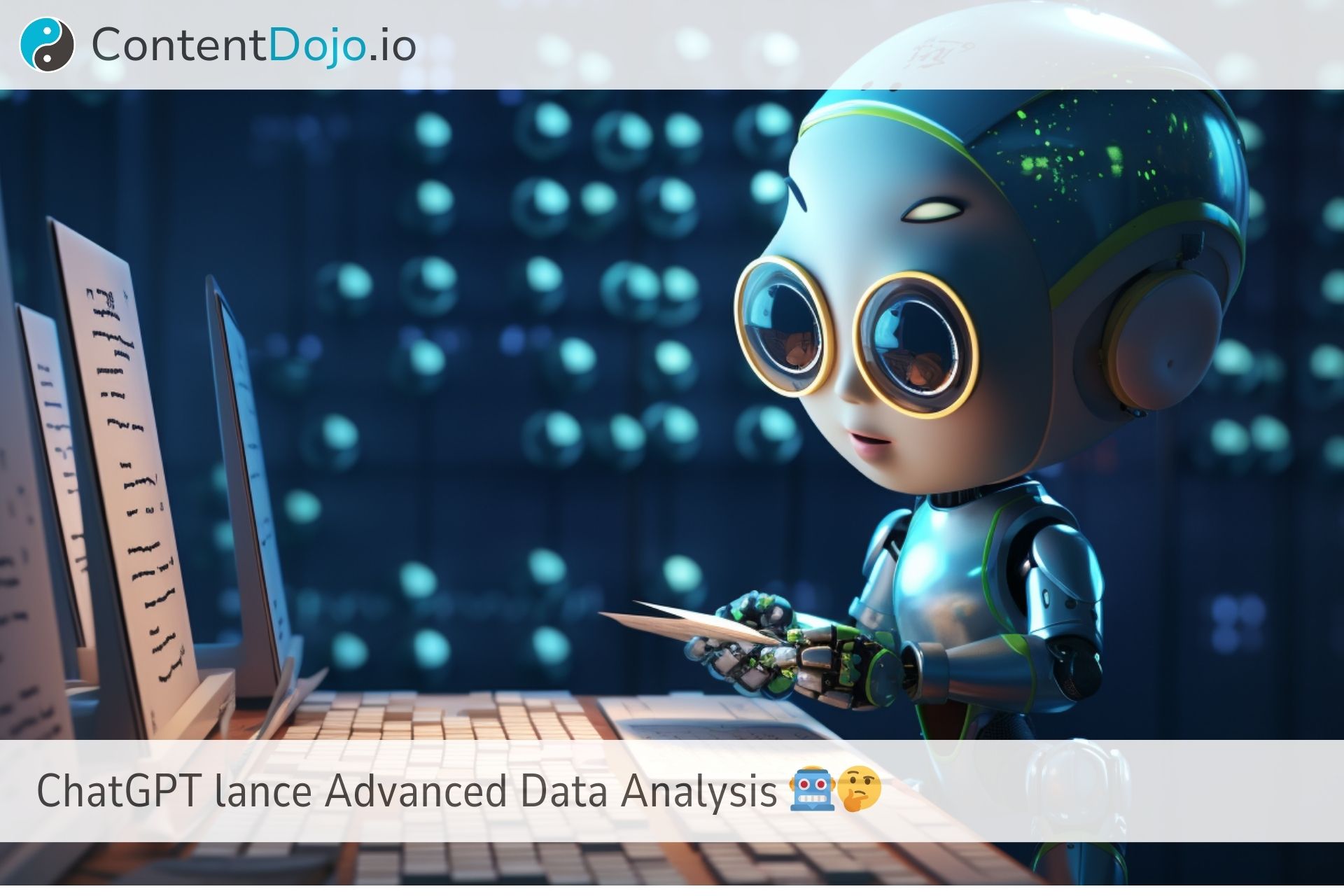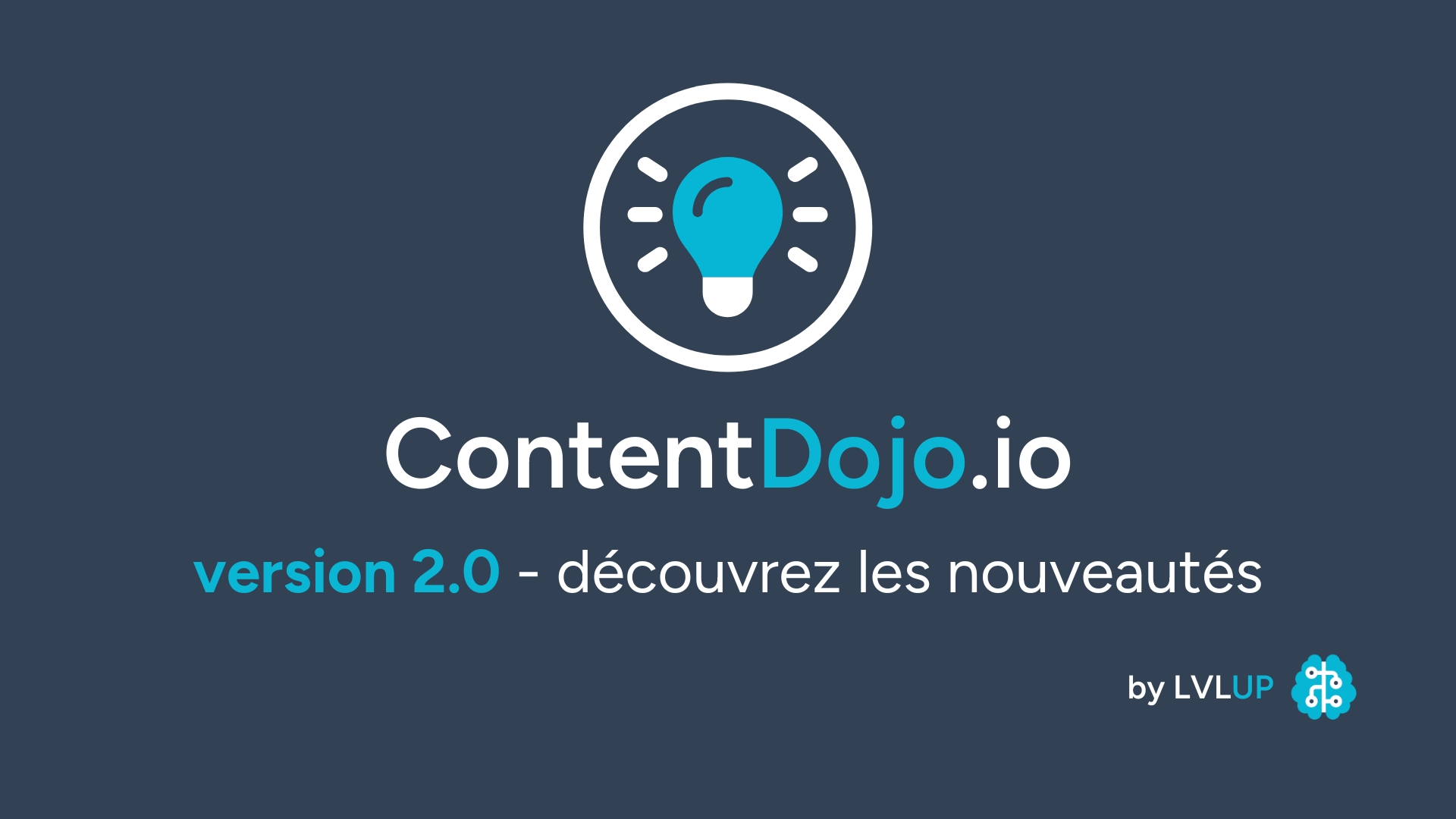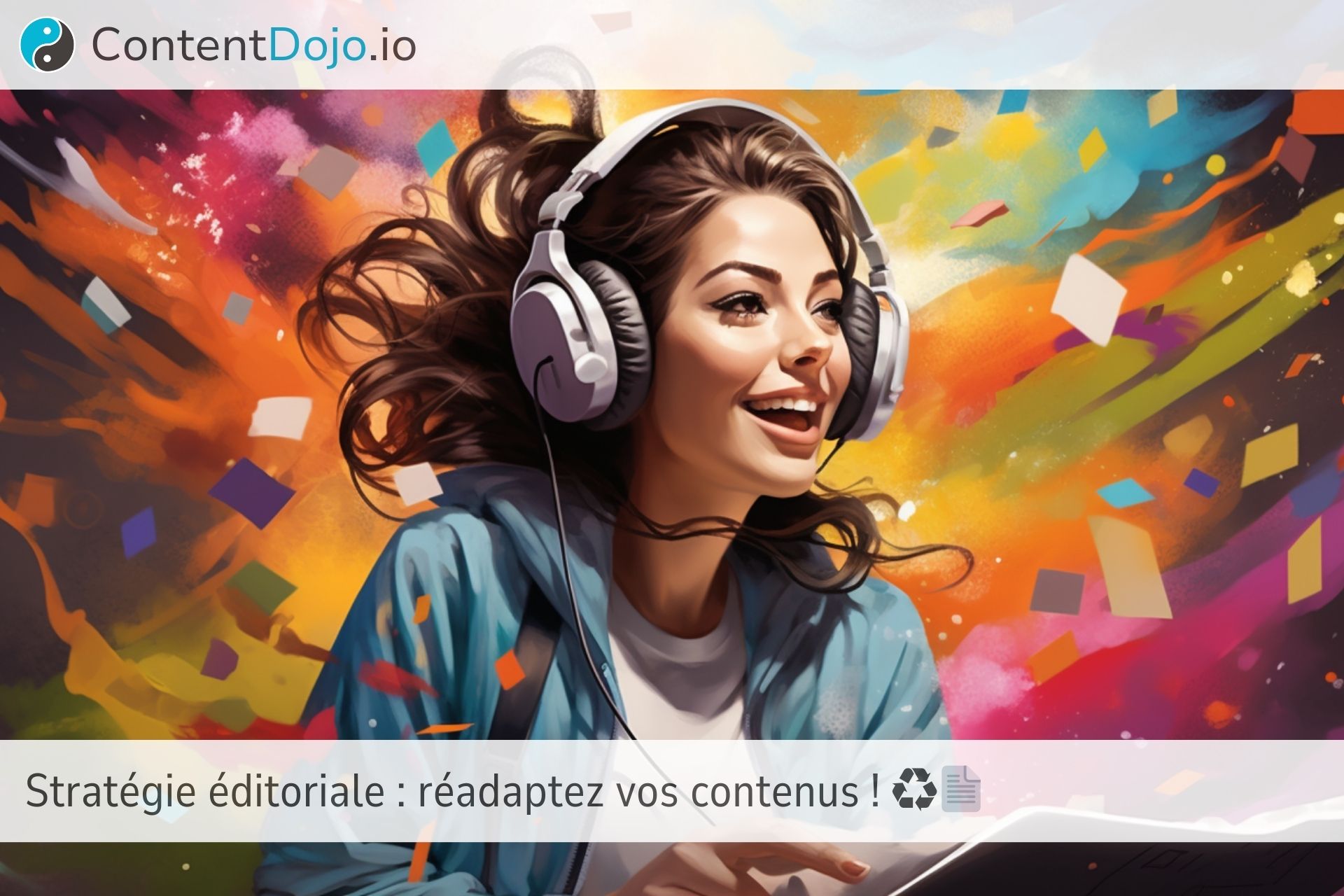ChatGPT Advanced Data Analysis

La version Pro de ChatGPT, qui s'appelle ChatGPT Plus (abonnement à 20€/mois), s'est dotée d'une nouvelle fonctionnalité en beta qui était très attendue (par moi notamment), et qui s'appelle Advanced Data Analysis.
Comment activer Advanced Data Analysis ?
Une fois connecté à ChatGPt, cliquez sur votre adresse email en bas à gauche, allez dans "Beta Features" : vous pouvez y activer "Browse With Bing" (ChatGPT sera alors capable d'aller sur internet pour récupérer des informations à jour), Plugins, et "Advanced Data Analysis", dont on parle aujourd'hui.
Ensuite, quand vous ouvrez un nouveau chat, cliquez sur "GPT-4" et remplacez "Default" par "Advanced Data Analysis".
La différence visuelle la plus évidente est un petit "+" qui apparait à gauche, dans votre zone de texte.
À quoi sert Advanced Data Analysis ?
C'est l'évolution de Code Interpreter, version stéoïdes : au lieu de simplement lire du code, on évolue vers une fonction capable d'analyser tout type de données.
Du code, donc, oui, mais aussi des images ou d'autres fichiers. Une fois la fonction activée, vous pouvez par exemple donner une image à ChatGPT et lui poser des questions en rapport.
Autre nouveauté : quand le modèle sent qu'il lui manque des informations pour comprendre de quoi il retourne, au lieu de partir sur une interprétation toute personnelle (et souvent fausse), il vous posera des questions, du genre "Pour être sûr de bien comprendre, éclaircissons quelques points".
UX
Par exemple, j'ai uploadé une capture d'écran d'un futur outil sur lequel nous travaillons en ce moment, en lui expliquant mon souci niveau UX (User eXperience). Après une session de questions, ChatGPT a réussi à me donner 2 pistes d'amélioration très sérieuses et pertinentes, sur les 3 qu'il m'a proposées.
Génération de graphs
C'est cette fonction qui, selon moi, est la plus puissante. J'ai créé un fichier CSV qui récapitulait des "ventes" fictives de plusieurs produits, et que j'ai uploadé. J'ai demandé à l'IA de me faire un graph des ventes, en mode "somme cumulée", par semaine, avec la meilleure semaine en vert et la moins bonne en rouge.
Et la magie a opéré. ChatGPT s'est lancé dans un plan en 4 étapes :
- Convertir les données en une structure utilisable (dans ce cas, un DataFrame).
- Traiter les données pour obtenir la somme cumulative par semaine.
- Identifier la meilleure et la moins bonne semaine.
- Créer le graphique linéaire avec les couleurs spécifiées.
Et c'est exactement ce qu'il a fait !
Pour chaque étape, je peux voir le code Python qui a été généré (miam), et on finit par un beau JPG qui présente mon graph.
Et tout le reste...
C'est franchement assez bluffant : j'ai déjà vu des gens photographier une grille de mots-croisés et la donner à ChatGPT, qui la résolvait en quelques secondes. OK, techniquement, tout est réalisable en Python, avec des librairies carrées (je n'ai pas besoin de comprendre tous les tenants et aboutissants pour coder ça), mais là, ça fait en quelques secondes et sans avoir la moindre notion de code. Chapeau !




